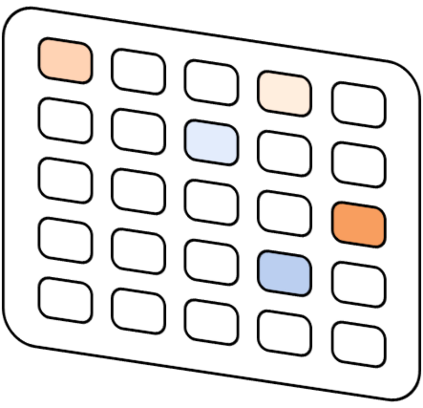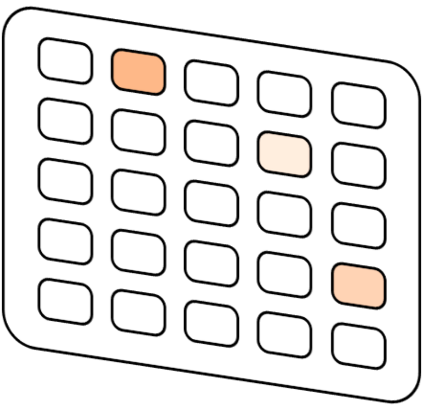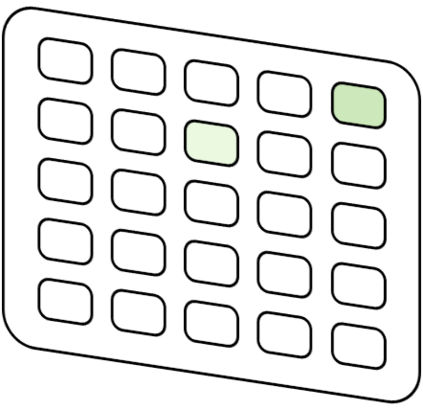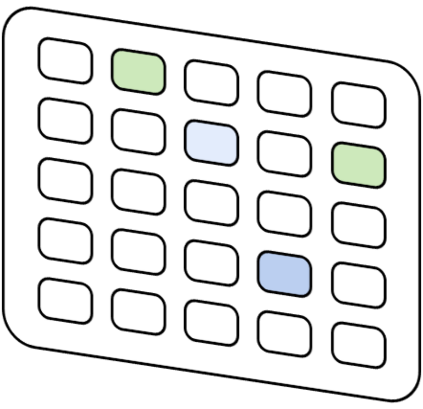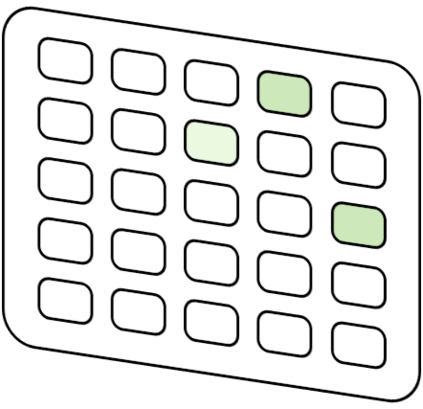In joint entity and relation extraction, existing work either sequentially encode task-specific features, leading to an imbalance in inter-task feature interaction where features extracted later have no direct contact with those that come first. Or they encode entity features and relation features in a parallel manner, meaning that feature representation learning for each task is largely independent of each other except for input sharing. We propose a partition filter network to model two-way interaction between tasks properly, where feature encoding is decomposed into two steps: partition and filter. In our encoder, we leverage two gates: entity and relation gate, to segment neurons into two task partitions and one shared partition. The shared partition represents inter-task information valuable to both tasks and is evenly shared across two tasks to ensure proper two-way interaction. The task partitions represent intra-task information and are formed through concerted efforts of both gates, making sure that encoding of task-specific features are dependent upon each other. Experiment results on five public datasets show that our model performs significantly better than previous approaches. The source code can be found in https://github.com/Coopercoppers/PFN.
翻译:在联合实体和关系提取中,现有工作要么按顺序编码任务的具体特点,导致任务之间特征互动的不平衡,而后来提取的特征与先到的特征没有直接接触。或者以平行的方式编码实体特征和关系特征,这意味着每项任务的特征代表学习基本上相互独立,但投入共享除外。我们提议建立一个分割过滤网络,以适当模式处理任务之间的双向互动,特征编码分解成两个步骤:分区和过滤。在编码中,我们利用两个大门:实体和关联门,将部分神经元分为两个任务分区和一个共享分区。共享分割代表了对两个任务都有价值的任务之间信息,并且均衡地分享了两个任务之间的信息,以确保适当的双向互动。任务分配代表了任务内部信息,并通过两个门户的一致努力形成,确保具体任务特征的编码互相依赖。五个公共数据集的实验结果显示,我们的模式比以往的方法要好得多。源代码可以在 https://github.com/Cooperpers/NPFPF中找到。



